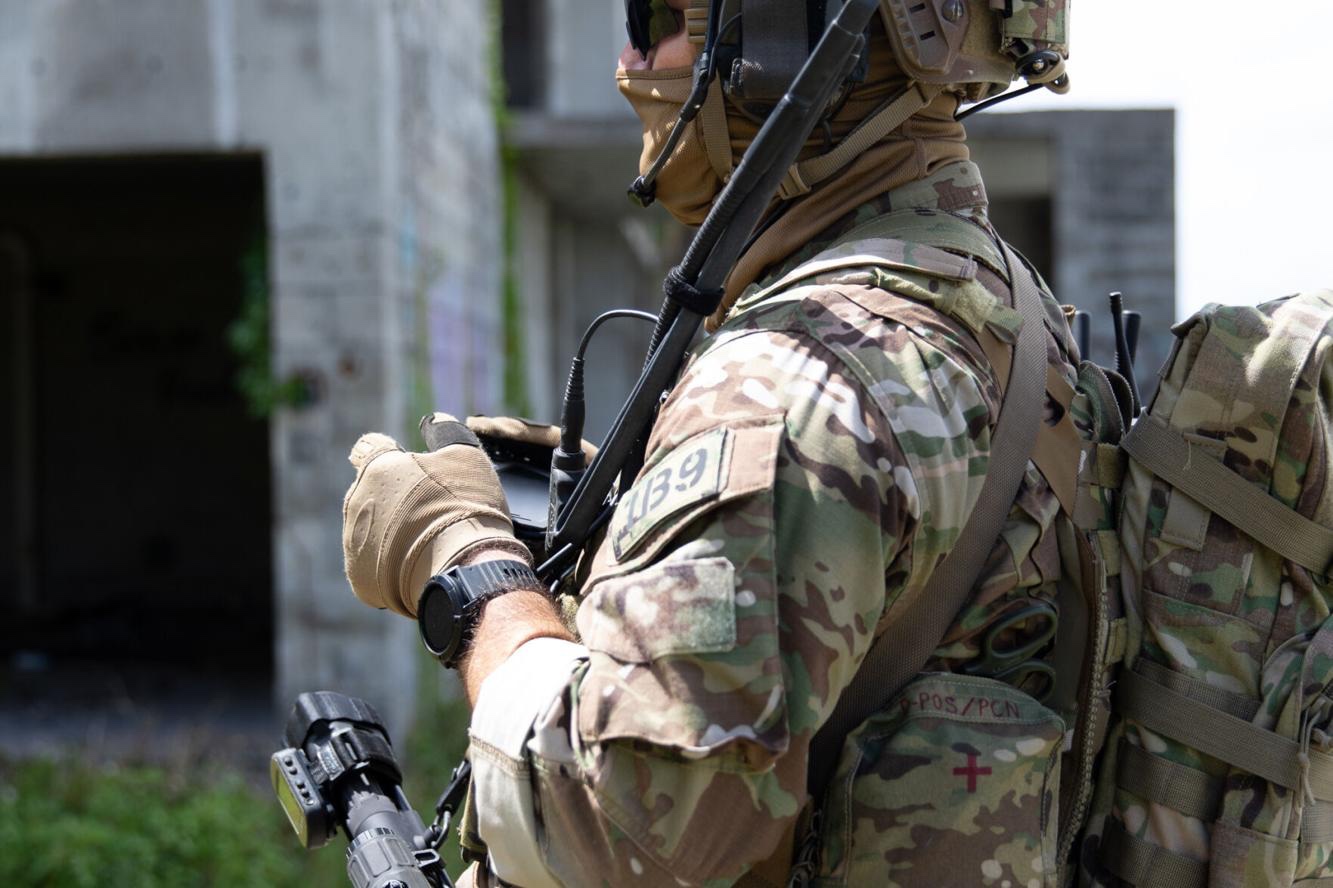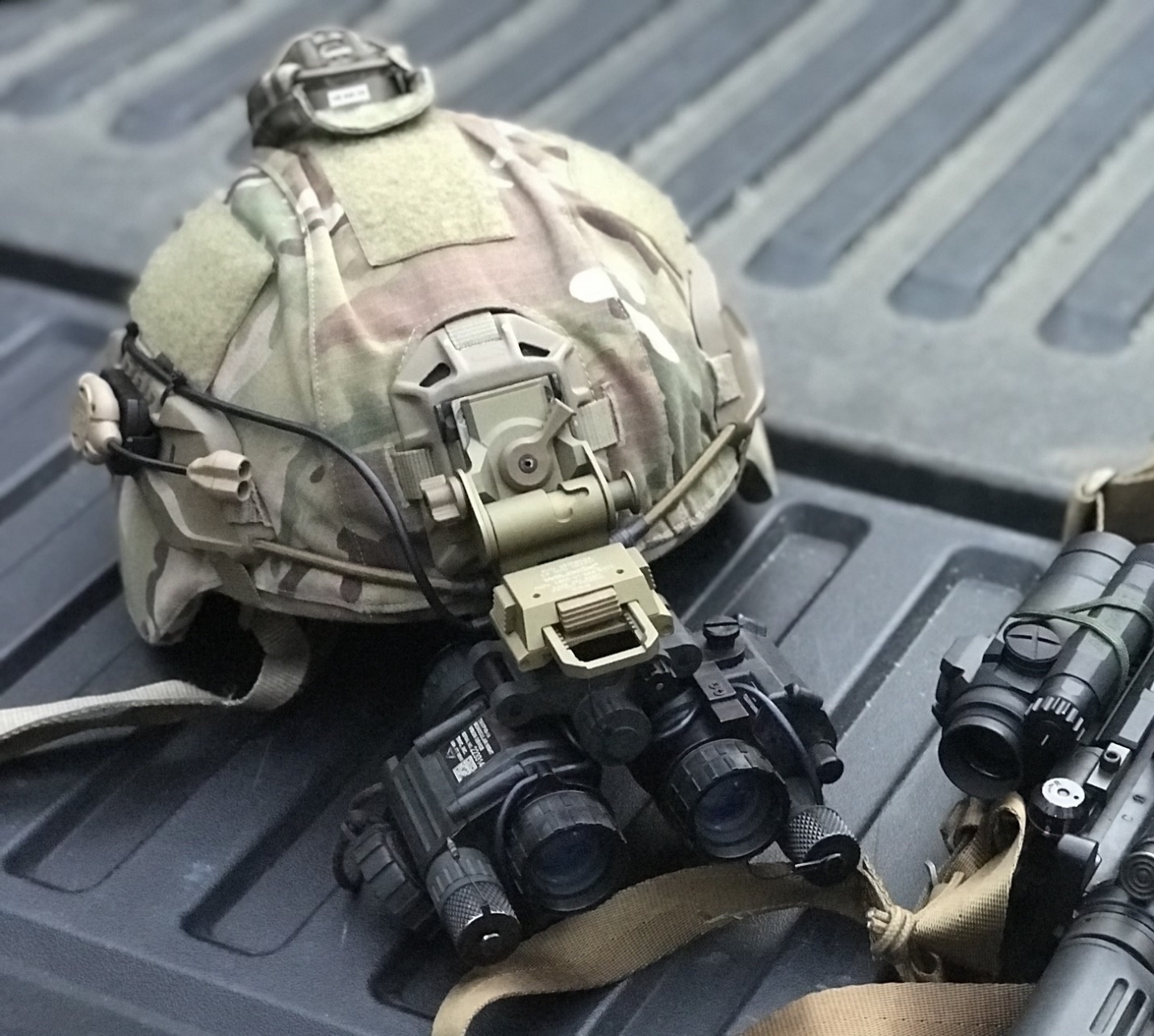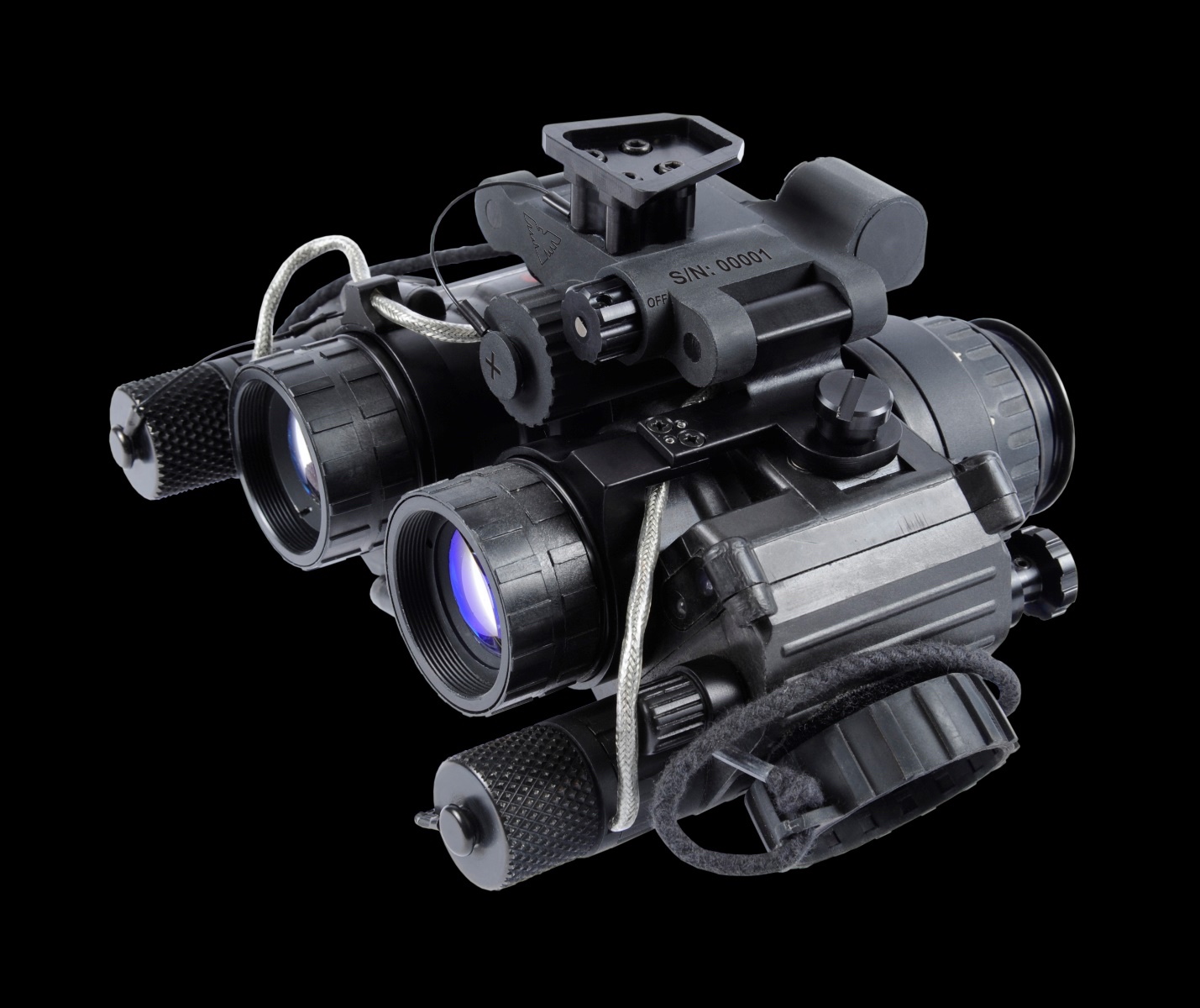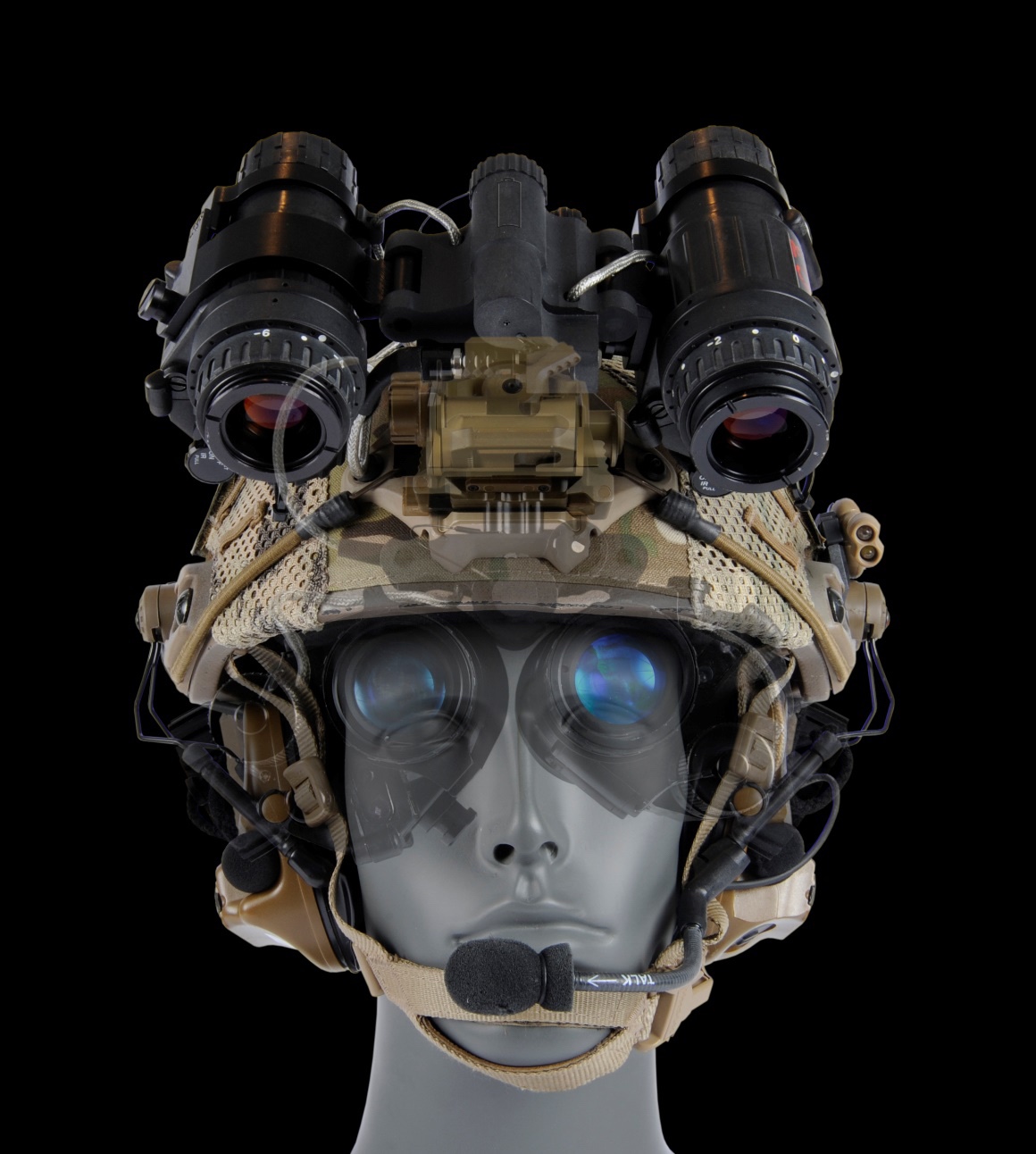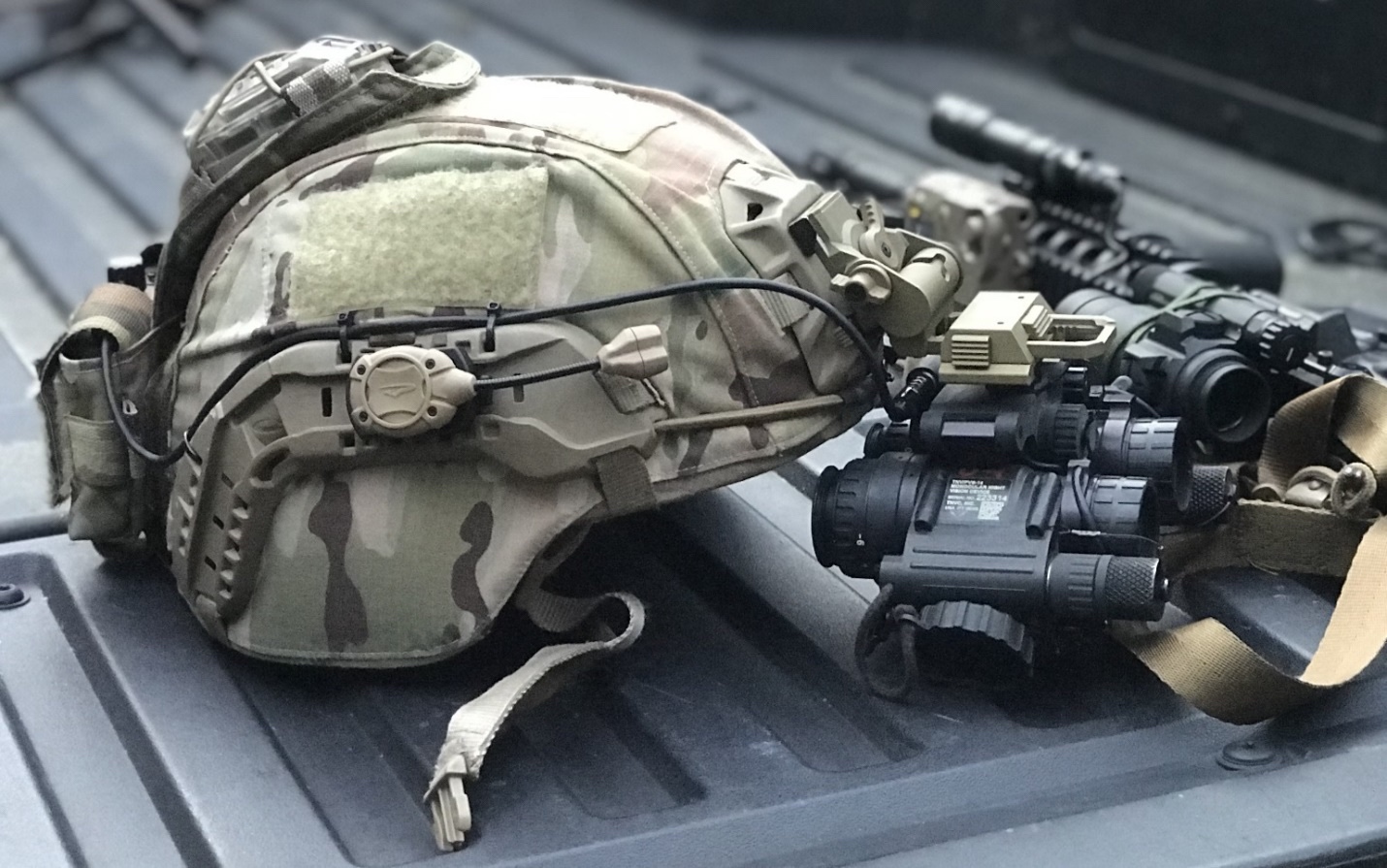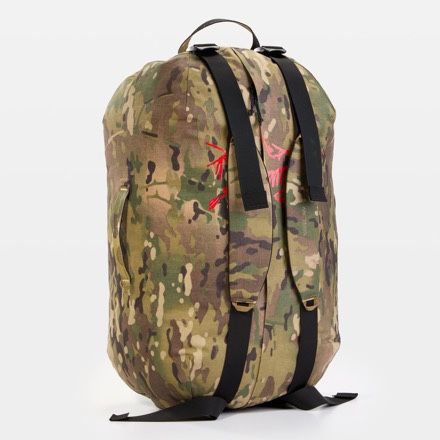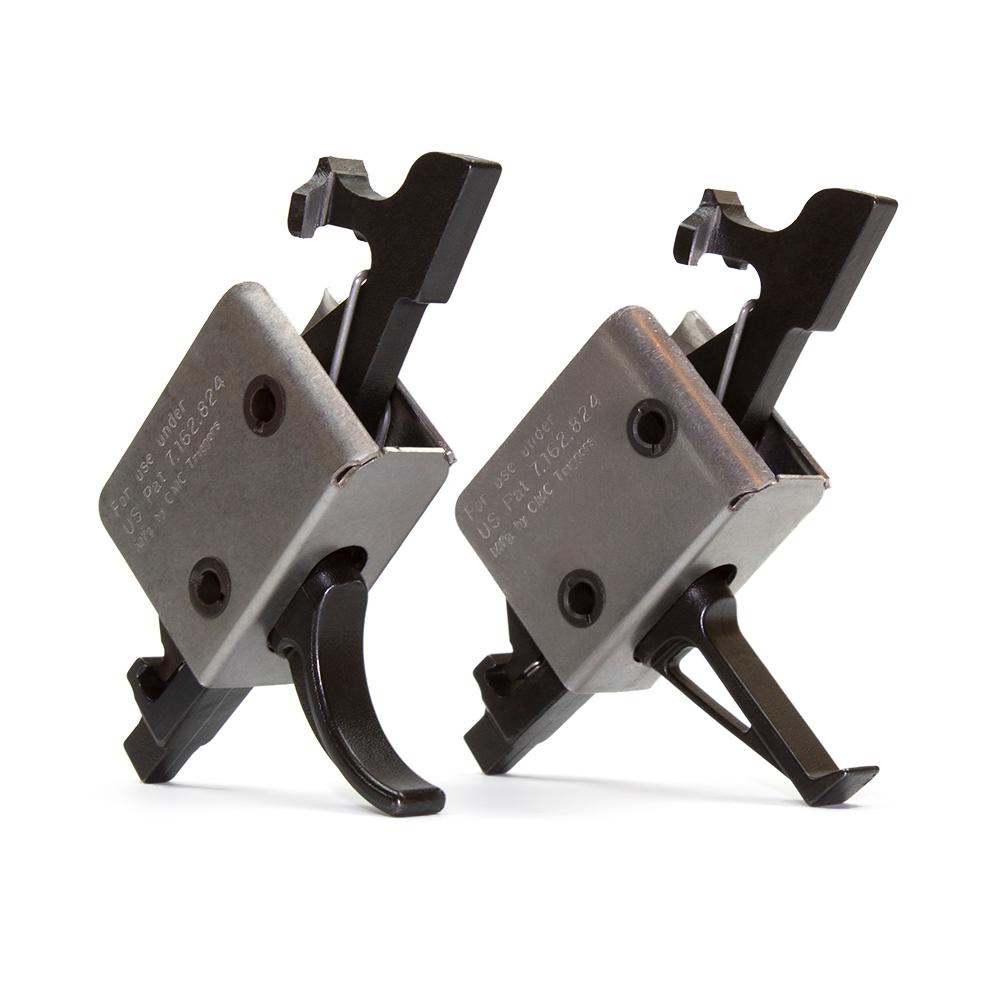DroneShield Ltd (ASX:DRO) (“DroneShield” or the “Company”) has announced the purchase of several of its DroneSentry-X systems, providing on-the-move Counter-UAS (C-UAS) capabilities to the U.S. Department of Homeland Security (“DHS”). DroneShield continues to strengthen its collaboration with DHS and several of its component agencies on multiple fronts.
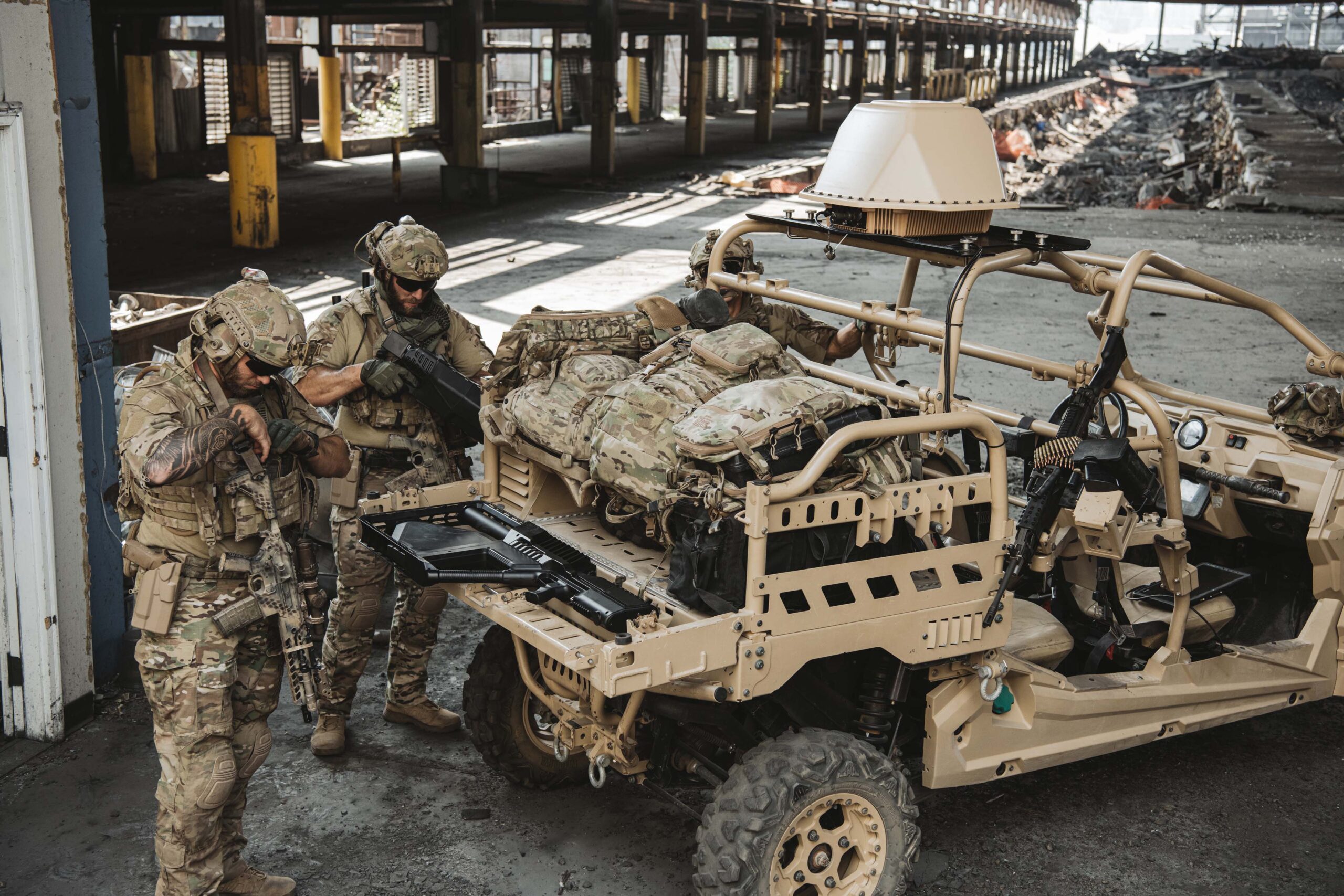
Image:DroneSentry-X integrated C-UAS detect-locate-defeat device
In February 2021, DroneShield entered into a Cooperative Research and Development Agreement (CRADA) with the U.S. Department of Homeland Security Science and Technology Directorate (“DHS S&T”), the group within DHS primarily tasked with collaborating with private sector organizations on development of new technologies, and subsequent adoption by U.S. Government agencies.
As a result of the partnership, DroneShield has undergone significant field trial evaluation working closely with DHS S&T throughout the year.
Oleg Vornik, DroneShield’s CEO, commented, “Our working relationship with DHS and their guidance and input, has enabled DroneShield to rapidly increase our product capabilities for the continuously emerging C-UAS threat. Within the homeland security context, there is a significant and rising terrorist threat where small drones or sUAS can be effectively used by nefarious parties as a payload delivery and surveillance platform. In addition, there is an increasingly complex U.S. Border situation where small drones are used by drugs and human smugglers, and other illegal activity, creating a need for effective and adaptable counter-UAS solutions.”
In addition to its work with Homeland Security agencies, DroneShield has recently been awarded multiple contracts for its C-UAS solutions by U.S. Department of Defense (DoD) and other Federal and State level government and law enforcement agencies, for both domestic and overseas deployments.
Additional product details on DroneSentry-X are available here.


 October 20, 2021, Harrisonburg, Virginia –Tactical & Survival Specialties, Inc. (TSSi) would like to welcome the community in celebrating the well-deserved retirement of founder Bill Strang. Strang’s last official day at TSSi was September 22, 2021. Over the past 41 years, Strang built TSSi into a company that has provided the highest quality equipment and solutions for military, law enforcement, and disaster response professionals worldwide. Although Strang’s presence will be truly missed as head of the company and as an integral member of the industry, TSSi will continue to operate based on the guiding principles of integrity, excellence, reliability, and teamwork as a subsidiary of Noble Supply & Logistics.
October 20, 2021, Harrisonburg, Virginia –Tactical & Survival Specialties, Inc. (TSSi) would like to welcome the community in celebrating the well-deserved retirement of founder Bill Strang. Strang’s last official day at TSSi was September 22, 2021. Over the past 41 years, Strang built TSSi into a company that has provided the highest quality equipment and solutions for military, law enforcement, and disaster response professionals worldwide. Although Strang’s presence will be truly missed as head of the company and as an integral member of the industry, TSSi will continue to operate based on the guiding principles of integrity, excellence, reliability, and teamwork as a subsidiary of Noble Supply & Logistics.
